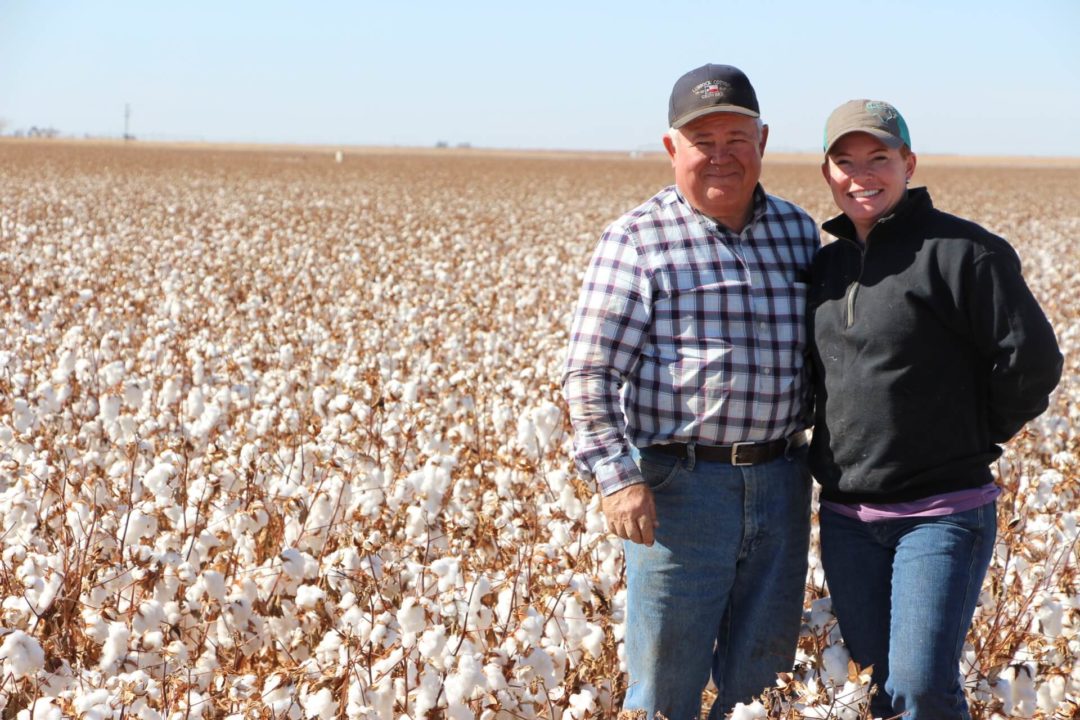Protect Your Profits: Safeguard Seed from Nematodes and Disease
As 2014 begins, it’s clear that cotton growers will be looking for cost-cutting efficiencies to help them remain productive and profitable, regardless of acreage and/or market prices. Our Cotton Grower editors recently outlined five topics to help growers protect their profits. Topic number two: don’t let nematode pressure and diseases undermine your investment in seed.
Dealing with the effects of nematode damage or in-season disease outbreaks can be frustrating – and costly. And although field-to-field issues and environmental conditions have a large impact on disease outbreaks, a little planning and preparation before the season starts could help lessen some headaches months later.
Although it may involve some extra time and costs up front, University of Georgia Extension pathologist Bob Kemerait suggests that growers look at the value of such planning from a slightly different perspective.
“Growers are going to spend a bunch of money on a bag of seed, and there’s a lot of value in that bag,” he said. “Once that seed is planted, they should want to protect it. We know what cotton prices are probably going to be. But, in my opinion, it makes it even more urgent and more critical to protect the investment on the seed.”
For nematode management, Kemerait strongly urges growers to begin now by assessing the ground they are planning to plant to cotton.
“They need to know when it was last planted to cotton and if nematode issues were present,” he advised. “If so, they should consider soil sampling now to get an idea of what the current nematode pressures are.
“From there, growers have options,” he continued. “They may want to try one of the newer, more resistant varieties if it fits their crop mix. They may need to consider a more aggressive nematicide treatment. Or, if growers have been considering Telone, it might be a good year to try some of it.”
Nematicide treatments can vary in cost and effectiveness, and growers should rely on their field assessment and sampling to help choose their course of action. Kemerait points out, however, that some stand-alone options may need a little extra help.
“Seed treatments and nematicides are no more effective against nematodes today than they were when we still had Temik,” he said. “That doesn’t mean they’re not effective, but they haven’t improved in their efficacy. They still need help now.
“We’re looking for possible combinations of seed treatments, nematicides and something like Vydate, as well as ways to potentially combine varieties with seed treatment nematicides.”
If growers are using or considering Telone, Kemerait urges them to explore site-specific application to help put the product where it needs to go. “If growers want to try that in 2014, they need to start making plans on how they would map the fields and identify areas where nematodes might be and where populations appear to be heavier or lighter,” he said.
“One additional thing we saw with the wet weather we had this year was outbreaks of Fusarium wilt like we’ve not had before, typically in association with nematode damage,” he added. “That makes the opportunity for some sort of management plan more urgent for some fields.”
Target spot continues to dominate the disease discussion, and Kemerait admits that he and his colleagues are still trying to understand exactly what it means – or doesn’t mean.
“We still don’t have enough data on it,” he explained. “But I tell growers that if they have fields with cotton debris from the previous year where target spot was present, they’re going to have spores that survive and probably earlier outbreaks.
“I believe that fungicides have a place in the management of target spot,” he said. “But I’m also saying that a little bit of target spot in a field doesn’t necessarily equal the economic advantages to fungicide use. Growers need to know as much about the disease as possible so they can make an informed decision if they choose to spray or not spray in 2014.”









